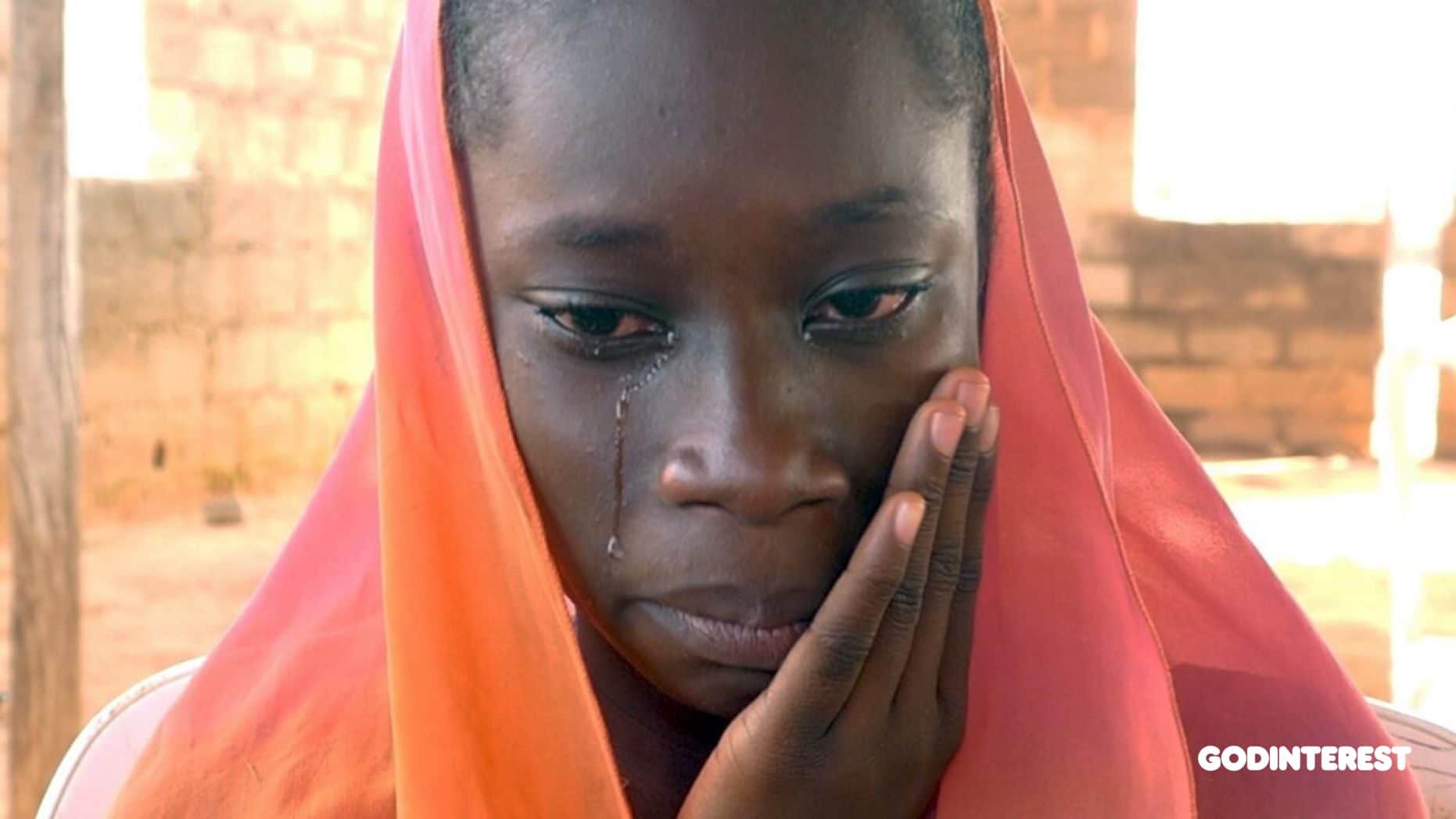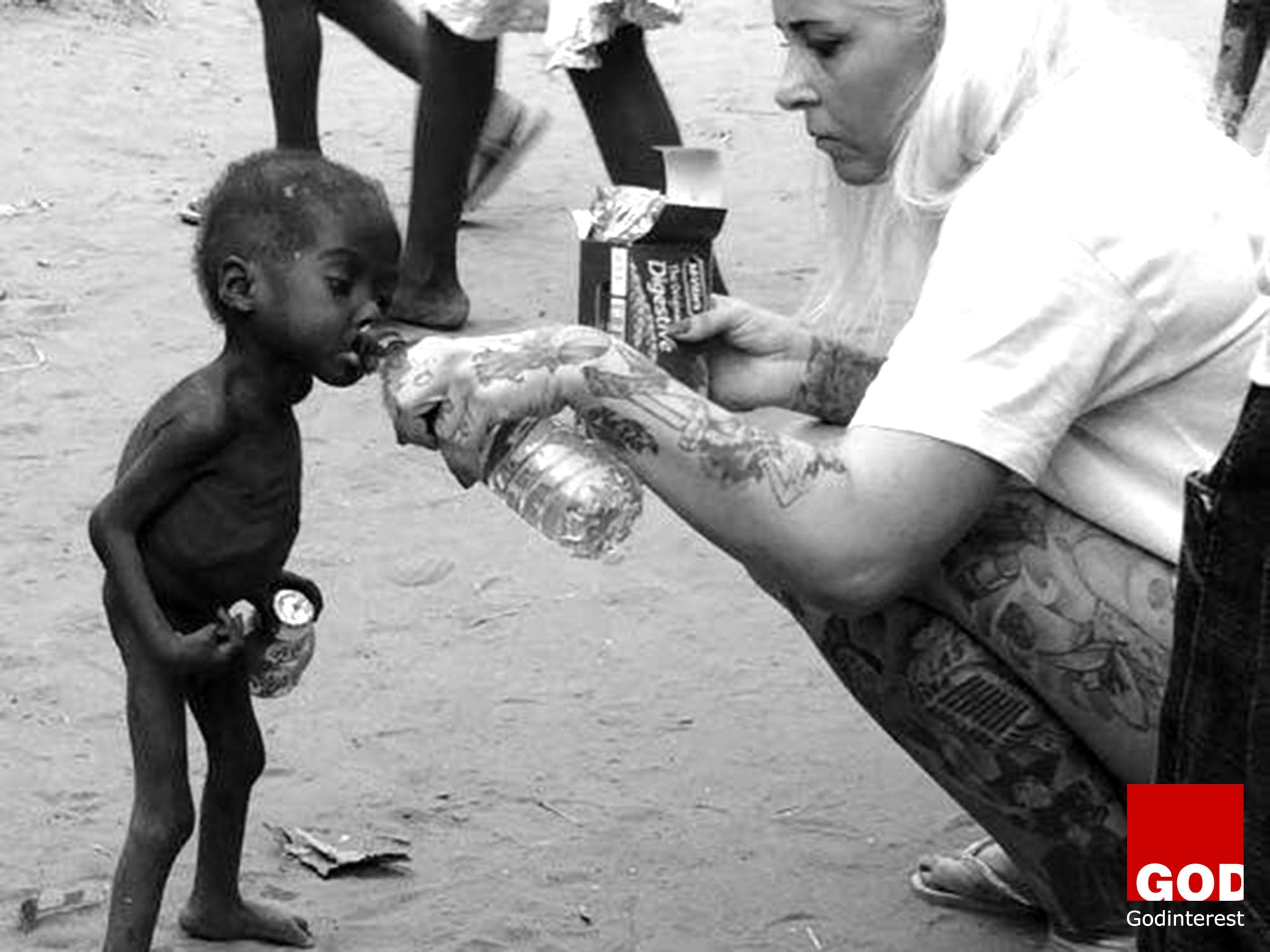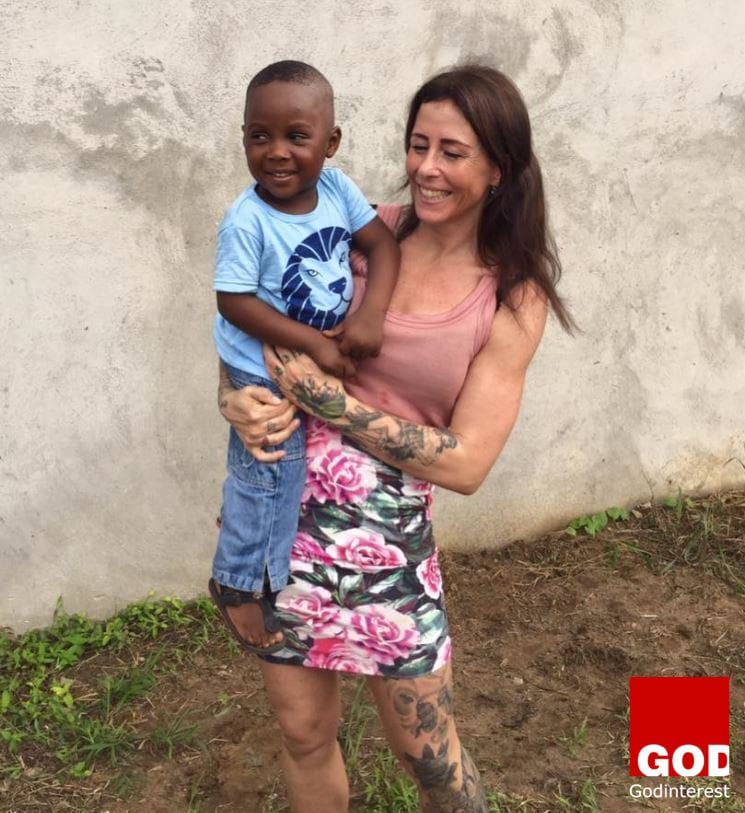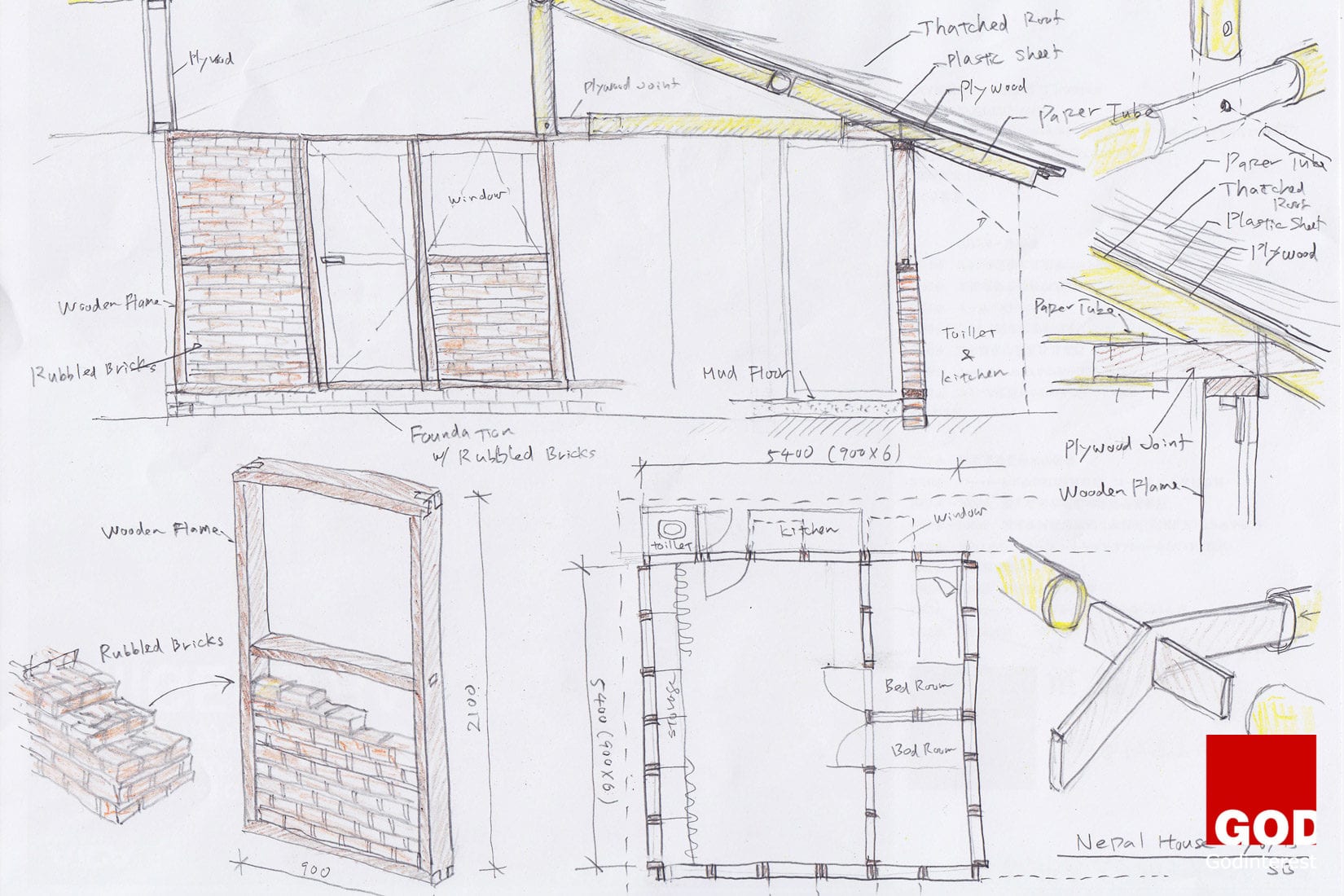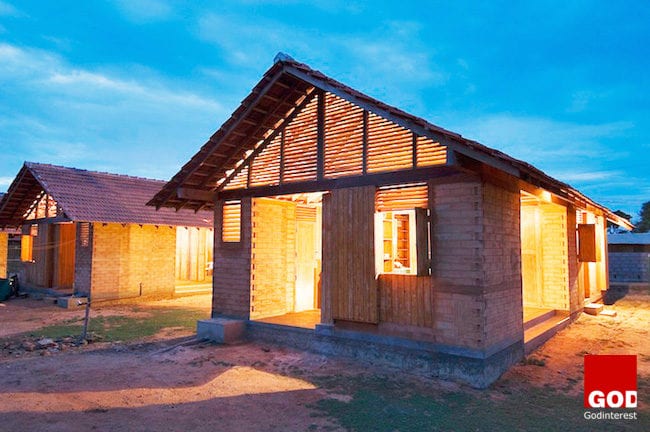Soldier of Christ, if thou enlisteth, thou wilt have to do hard battle. There is no bed of down for thee; there it no riding to heaven in a chariot; the rough way must be trodden; mountains must be climbed, rivers must be forded, dragons must be fought, giants must be slain, difficulties must be overcome, and great trials must be borne. It is not a smooth road to heaven. Charles Spurgeon
Matthew 10:16-25 English Standard Version (ESV)
Persecution Will Come
16 “Behold, I am sending you out as sheep in the midst of wolves, so be wise as serpents and innocent as doves. 17 Beware of men, for they will deliver you over to courts and flog you in their synagogues, 18 and you will be dragged before governors and kings for my sake, to bear witness before them and the Gentiles. 19 When they deliver you over, do not be anxious how you are to speak or what you are to say, for what you are to say will be given to you in that hour. 20 For it is not you who speak, but the Spirit of your Father speaking through you. 21 Brother will deliver brother over to death, and the father his child, and children will rise against parents and have them put to death, 22 and you will be hated by all for my name’s sake. But the one who endures to the end will be saved. 23 When they persecute you in one town, flee to the next, for truly, I say to you, you will not have gone through all the towns of Israel before the Son of Man comes.
24 “A disciple is not above his teacher, nor a servant<sup data-fn="#fen-ESV-23442a" data-link='[a]'>[a] above his master.25 It is enough for the disciple to be like his teacher, and the servant like his master. If they have called the master of the house Beelzebul, how much more will they malign<sup data-fn="#fen-ESV-23443b" data-link='[b]'>[b] those of his household.
As a whole, our nation does not know what privation is. We do not know what sacrifice is. We do not know what suffering is. Suppose persecution were to come to the church in America, as it has come in other countries.
The immunity to persecution that Christians in our country have experienced in the past two or three centuries is unusual. Christ strongly warned Christians that to follow Him would not be popular, and that in most circumstances it would mean cross-bearing and persecution.
The Bible says that all who “desire to live godly in Christ Jesus will suffer persecution” (2 Timothy 3:12). Jesus said that as the time of His return draws nigh, “They will lay their hands on you and persecute you” (Luke 21:12). We have no scriptural foundation for believing that we can forever escape being persecuted for Christ’s sake. The normal condition for Christians is that we should suffer persecution. Are you willing to face persecution and death for Christ’s sake? – Prepare For Persecution: A Message From Billy Graham
Overview of Nigerian Christian Persecution – Christian Solidarity Worldwide (CSW)
The Religious Liberty Partnership (RLP) has released a statement raising concerns regarding ongoing violence in several states in Central Nigeria and calling on the government to ensure enjoyment of the right freedom of religion or belief for “all of Nigeria’s religious communities”.
There has been an escalation in attacks in recent years by an increasingly well-armed militia “comprising of members of the Fulani ethnic group on farming communities in Bauchi, Benue, southern Kaduna, Nasarawa, Plateau and Taraba states.” While recognising the existence of “many peaceable Fulani herders and communities” and of “the long history of disputes between nomadic herders and farmers across the Sahel”, the ‘Abuja Statement on the Crises in Central Nigeria’ declares that the manner of attacks witnessed in Nigeria are not replicated in other countries facing similar climatological and environmental challenges, and are occurring “with such frequency, organisation and asymmetry that references to ‘farmer-herder clashes’ no longer suffice.”
The Abuja Statement highlights disturbing allegations that while members of the militia “are neither traced nor prosecuted, members of victim communities who articulate their concerns experience an array of repercussions that include threats, arbitrary arrests and judicial harassment.” It goes on to relate the plight of nine elders of the Adara tribe from Kajuru Local Government Area (LGA) in southern Kaduna state who have been detained since February and are facing “dubious charges of incitement and culpable homicide,” and calls on the government to ensure an end to this “judicial harassment and arbitrary detention,” while also regretting the emergence of “periodic retributive violence, as communities conclude they cannot depend on government for protection or justice.”
In addition, the Statement calls on the government to facilitate the release of schoolgirl Leah Sharibu and humanitarian worker Alice Ngaddah, who have been held by the Islamic State West Africa Province (ISWAP) since February and March 2018 respectively, and of 112 Chibok Girls held by the Shekau faction of Boko Haram since April 2014.
The Ongoing Violence on our Brother and Sisters
February 26, 2019 – Some 32 Nigerian Christians were killed in the Maro district of the Kaduna State. The attackers burned down an evangelical church and shot people fleeing. This violence was also suspected to be the work of Fulani militants.
March 4, 2019 – Muslims slaughtered 23 Christian villagers. “It was bad,” said a local in reference to the incident. “Some were killed by gunshots and some by machete hacks!… The displaced persons are scattered all over…”
March 7, 2019 – Muslim terrorists launched another raid in the same area during which three people were killed. Commenting on that attack, a local pastor said, “Even today, they attacked. One of my members came to report that his father was killed, and another member said his son-in-law was also killed.”
March 11, 2019 – Muslim tribesmen slaughtered more than 70 Christians and injured 28 in another region in Kaduna State. According to eyewitnesses, the terrorists were “torching houses, shooting and hacking down anything that moved.” About 100 houses were destroyed in the attack. Another report noted that “[t]he victims included women and children. According to survivors, their assailants divided into three groups; one group was shooting, another set fire to homes as people ran away, and the third waited in the bush to intercept fleeing villagers.”
March 16, 2019 – Muslim herdsmen killed another 10 Christians in southern Kaduna state, “bringing the lives lost in the past five weeks to 140 with 160 houses destroyed,” according to the report. “We were all asleep in our various homes when at about 4 a.m., we heard gunshots everywhere in my village,” said a local Christian. “Everyone ran out of their homes to escape from the Fulani herdsmen. Three hours after the herdsmen left, those of us who survived the attack returned to the village to find that [30 of] our houses were destroyed and 10 of our villagers killed.”
March 14, 2019 – Boko Haram jihadis attacked another predominantly Christian village. Although most people managed to flee into the bush, the jihadis killed one person, kidnapped two sisters, and burned down a church and six homes. A church leader said the local pastor had called him soon after the raid: “I could hear desperation in his voice, just coming out of the bush. His voice sounded completely demoralized as he was saying only God… We don’t know what else to do! There’s no security presence here.” The church leader further “regrets that these attacks are rarely reported on by the local media anymore. As a result, their people continue to suffer in silence, with minimal help from others.”
March 23, 2019 – Right after “beating, raping and killing a 19-year-old Christian woman,” Muslims attacked two predominantly Christian villages, and burned down 28 Christian homes and two churches. Joy Danlami and her younger sister and brother, 16 and 14 respectively, were ambushed while walking home from a Christian community feast; the two younger siblings survived with machete and gunshot wounds. According to their father, “The armed herdsmen chased them with dangerous weapons. Joy’s nose and face was battered, and then she was sexually assaulted by the herdsmen before being killed. She was shot.”
After finding the slaughtered body of a kidnapped Catholic priest who had been abducted two weeks earlier, two other church leaders were also kidnapped on March 25. One of the men, the Rev. Emmanuel Haruna of the Evangelical Church Winning All, was seized at gunpoint outside his church. Earlier, in 2016 he had spoken out against Muslim tribesmen raids on Christian communities: “Fulani herdsmen take their cattle to farms of our church members and destroy their crops, and security agents have not been able to take measures to stop them.” The report adds that “It is estimated by the United Nations Centre for Peace and Disarmament that of the 500 million illegal weapons that flooded into West Africa after the Libyan crisis in 2011, 350 million (70%) ended up in Nigeria, supplying the predominantly Muslim herders with added teeth in their campaign against Christian farmers.”
March 10, 2019, Sunday – “Boko Haram Suicide bombers tried to enter a Catholic Church service,” says a report:
“The two bombers, who were women, tried to enter the church through a clinic before being stopped, and then detonating the bombs a short distance outside the church. Despite the two bombs going off, only one person other than the bombers was reportedly injured….. It is very likely that the two bombers were captives of Boko Haram who were forced to commit this attack. Boko Haram is known for kidnapping women and children and forcing them to act as suicide bombers for their attacks. In 2017, between January and August, UNICEF reported on at least 83 children having been used by the group as suicide bombers.”
April 14, 2019 – Fulani militants invaded the village of Kochum-Numa in north-central Nigeria, killing 17 people during a late-night naming ceremony (christening) for a child.
April 29, 2019 – Boko Haram fighters invaded the Christian community of Kuda in northeastern Nigeria. The terrorists went door to door, killing as many as 25 believers.
May 18, 2019 – Rev. Zakariah Ido and 16 members of the Evangelical Church Winning All, including the pastor’s daughter, two elders and the son of an Assemblies of God minister, were kidnapped after midnight in the early hours of Sunday. A witness said the kidnappers were 20 to 30 armed Fulani extremists, a violent, mostly Islamic group that has carried out many attacks on Christians in Nigeria. The same night gunmen killed a Christian and kidnapped two others at a Baptist church, sources said.
May 26, 2019 – Gunmen suspected to be local Fulani Muslims killed several Christians as they made their way home from church services in Jos, Nigeria on Sunday (May 26) following the murder of another area Christian last week, sources said.
Area Christian Peter Sarki informed Morning Star News by text message that local Muslims east of Jos, Plateau state, killed seven Christians on Sunday after unidentified Muslims killed Moses Victor, a member of the Evangelical Church Winning All (ECWA), in the Rikkos area of Jos on May 20.
Police put the number of people killed in the areas on Sunday (May 26) at five and said 12 houses were burned. Sarki said more than 12 houses were burned, and that 12 additional Christians were wounded in the attacks. He said the violence took place in the areas in the Jos areas of Rikkos, Angwan Rukuba, Tina Junction, Cele Bridge, Dutse Uku, and Yan Trailer.
Sarki identified two of the Christians killed as they made their way home from ECWA church services on Sunday morning as Enoch Monday and Istifanus Ismailaj. Michael Anthony Pam of St. Michael’s Catholic Church, Nasarawa Gwong, and four others yet to be identified were also killed, he said.


